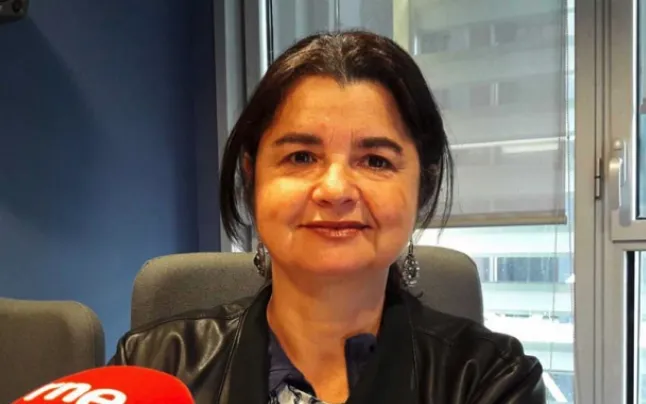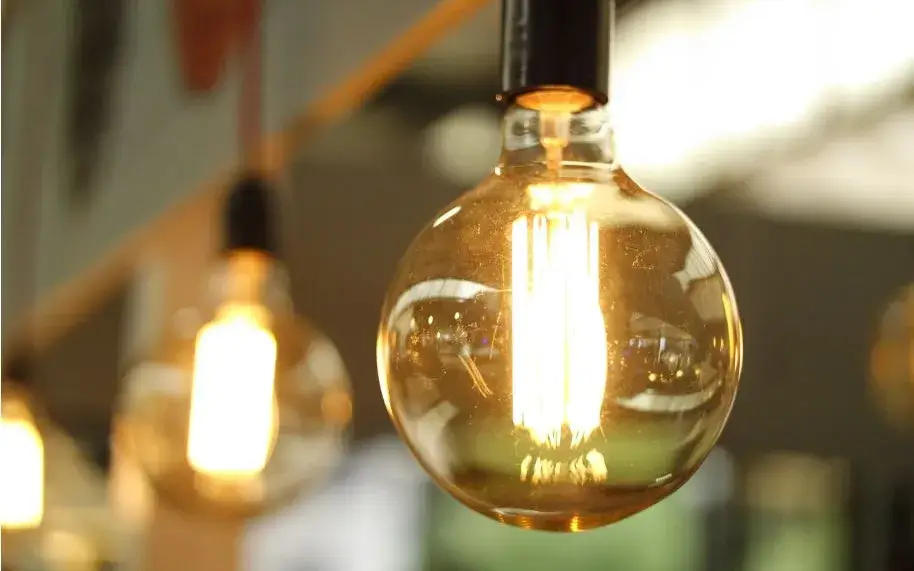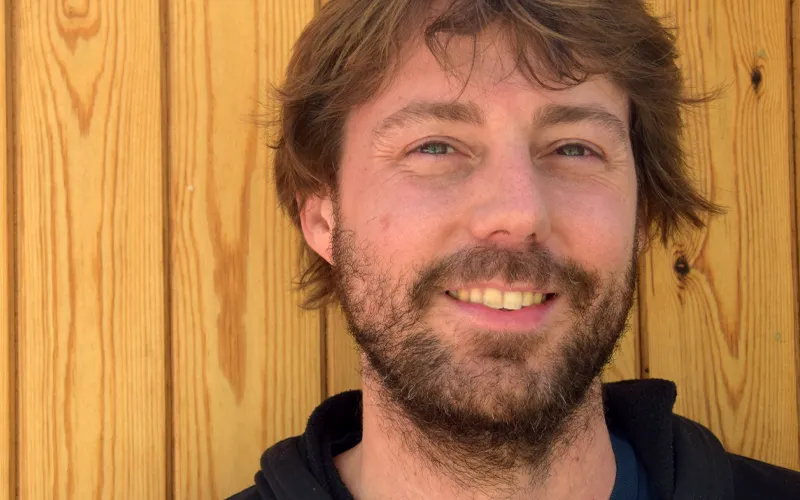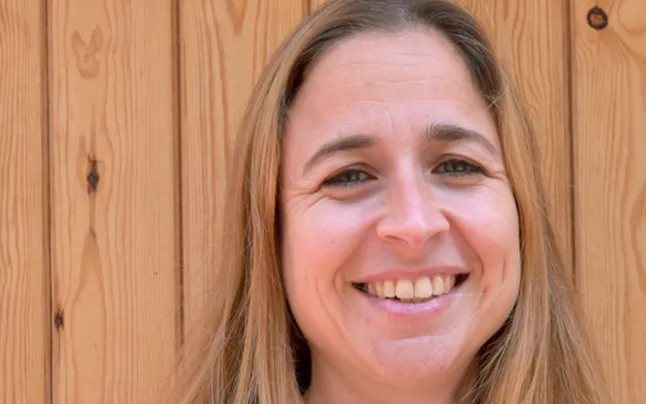Marta Segú: "We have changed the lives of populations that did not have access to electricity or resources to pay for it"
The director of the Probitas Foundation explains that the project of renewable energies in different hospitals has allowed to provide quality healthcare to vulnerable countries as Sierra Leona and Angola.
We detected different problems related to the electrical supply that made the long-term viability difficult for the program. If we reinforce the laboratories and the infrastructures but we leave unnecessary energy expenditure for them we are not doing a good project because the impact would not be positive, on the contrary, it could be even negative.
What does the project propose?
The project proposes the design of a standardized and photovoltaic solar installation mounted in a marine container (and therefore mobile) that feeds the consumptions
of GLI laboratories installed by the Probitas Foundation around the world.
In which countries did you implement it?
In Sierra Leone, at the Saint John of God Hospital, Valentin de Pau Health Center in Bamako with Mutuelle Benkan and in the Nossa Senhora da Paz hospital in Cubal, Angola.
For what reason did you decide to intervene in hospitals in these countries and not in others?
Due to the poverty and social precariousness in which these countries live and because we are strengthening diagnostic laboratories in remote areas and difficult to access to bring quality health care to the most vulnerable populations. We thought about installing this system in laboratories and we already have three: in Sierra Leone, in the Lunsar region. Here we implanted it at the Saint John of God hospital, which gave a good result because now they have electricity 24 hours a day for the ICU, the operating room and the Intermediate care. They also have a back-up generator in case the photovoltaic system fails and save more than 1.000 euros per month in energy expenditure.
And in what other hospitals?
In the center of Salt Valentín de Pablo in Bamako, in the Telephone sans Fils district (TSF) in collaboration with the Mutuelle Benkan. And at the Cubal Hospital in Angola where a prototype has been done to conduct a pilot study and see if this prototype can work well in most laboratories that strengthen the Probitas Foundation because it is made in a container and the material can be sent easily (plates, batteries ...).
In what conditions were (speaking of infrastructure and electrical supply) these hospitals before implementing your program?
Many of them did not have electricity of public network and they went with generators with a huge gas mileage expense.
Do the countries where you develop these projects have one of the highest levels of energy poverty in the world?
What results did your intervention have?







Add new comment